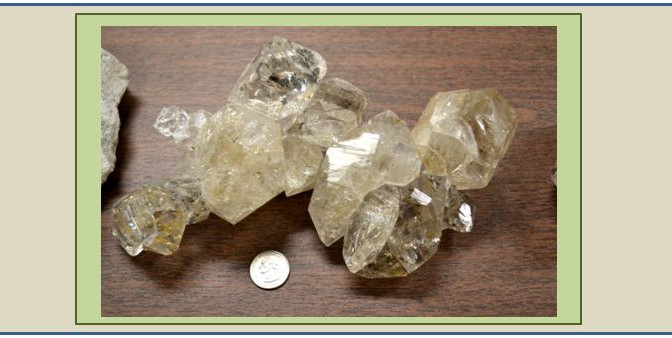
All New York mineral collectors have a soft spot for Herkimer diamonds and now there is a comprehensive book dedicated to one of our favorite minerals. 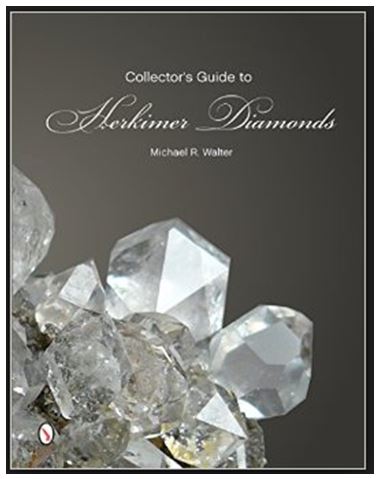
Thanks to Mike Walter, a teacher and mineral dealer by trade, but a true collector by heart, we can learn more about the little (and sometimes not so little) doubly terminated clear quartz crystals than most thought probably could be known.
Continue reading Herkimer Diamonds – A Book Review →
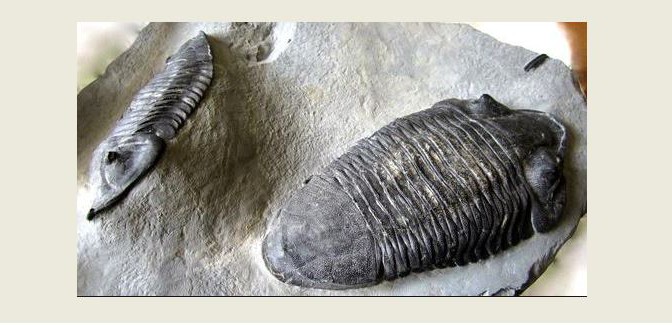
A Middle Devonian Trilobite of New York State By Stephen Mayer
Stephen Mayer is a member of the Wayne County Gem and Mineral Club and wrote this piece for the March 2015 newsletter. It is certainly an informative and appropriate entry for my blog and with Stephen’s permission I have included it.
Whether collected by oneself in a creek bed, road cut or quarry or just simply observed in a museum’s exhibit, trilobites have fascinated people for thousands of years. Excavation of early burial grounds 50,000 years old have revealed trilobites with human remains (AMNH, 2015). Their fossil forms have been the basis of numerous studies by everyone from paleontologists to school children.
Trilobites are extinct arthropods distantly related to the modern marine lobsters and horseshoe crabs. In the Burgess Shale in the rugged high peaks of the mountains of British Columbia, Canada an amazing group of soft-bodied organisms have been found including Trilobitamorpha – fossils that appear to be like trilobites but just have not fully evolved yet. Then true trilobites first appeared during the Cambrian Period about 521 million years ago during the “Cambrian Explosion” as a result of the development of a chitinous exoskeleton which permitted fossilization of these organisms.
Continue reading DiPleura dekayi →
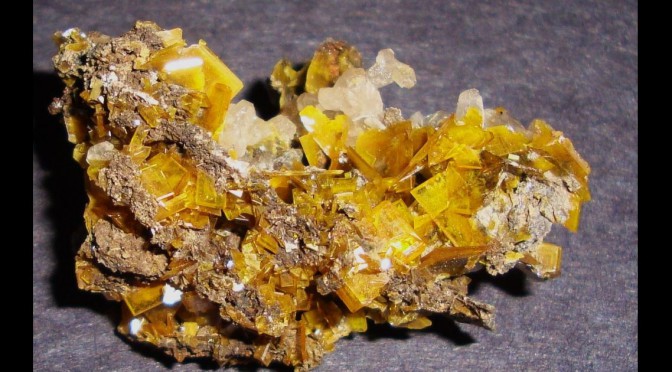
Wouldn’t you agree, Valentine’s Day seems like the appropriate day to place a post simply entitled “PbMoO4 is Love” ? Or so was the expression in Arizona in the 1980’s when my graduate student colleagues and I would tramp about the state looking for that elusive wulfenite specimen at some 30 odd locations known to offer the brilliantly colored spectacular mineral. Heck my 1970-something Ford Falcon collecting wagon even hosted a bright bumper sticker that simply read “PbMoO4 is Love “. That car saw them all. There were, of course the famous locations: the Red Cloud Mine in Yuma, the Silver Bill Mine in Gleeson, the Rawley Mine in Theba, the Glove Mine in the Patagonia Mountains. But there were also the not so famous mines and where panes of wulfenite could be coaxed from adit walls or broken out from dump material. My favorites were the Total Wreck Mine in the Empire Mountains (see cover photo), the Finch Mine in Gila County, and the Dogwater Mine in Araviapa but that list too is long.
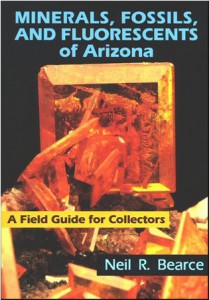
It is not hard to understand why Neil Bearce decided to adorn the cover of his 2006 book “Minerals, Fossils, and Fluorescents of Arizona” with a gorgeous Rawley Mine wulfenite.
But those days have passed for me, and now I must be content with seeking new locality wulfenite pieces from mineral shows (or on stamps!). There just aren’t many wulfenite locations in the northeast USA and in eastern Canada.
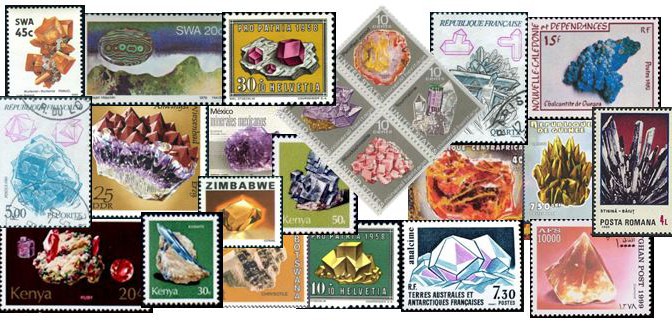
Published in the March, 2015 newsletter of the Wayne County Gem and Mineral Club (www.wcgmc.org)
It is the middle of February in upstate New York and the weather outside is not particularly conducive to mineral and fossil digs. Yes, I can plan, and I am. Yes, I can clean and organize last year’s bounty, and I try to make time for that, but even the rocks in the garden remain covered and out of reach. BUT, there is another way to collect minerals in the winter and I keep busy doing just that when the spirit moves. They can be collected on postage stamps.
Did you know that there is an international organization of folks who collect gems and minerals on postage stamps? They call themselves the Gems, Minerals and Jewelry Study Unit (GMJSU) and they are one of 52 active affiliate organizations of the American Topical Association (ATA), a philatelic organization with almost 3000 thematic stamp collectors worldwide. The GMJSU publishes a quarterly newsletter called Philagems International and maintains an Excel spreadsheet listing all stamps depicting minerals, gems, and mining. At last count there are over 2700 individual listings although many reflect sets of stamps so the list of actual stamps is larger. Of those listings, over 1500 are identified as strictly mineral stamps and over 400 as gem stamps. Over 90 countries are represented on the list.
Continue reading Another way to collect minerals →
Retired, collecting minerals and stamps, growing flowers and vegetables, and when the spirit moves, toying with technology





